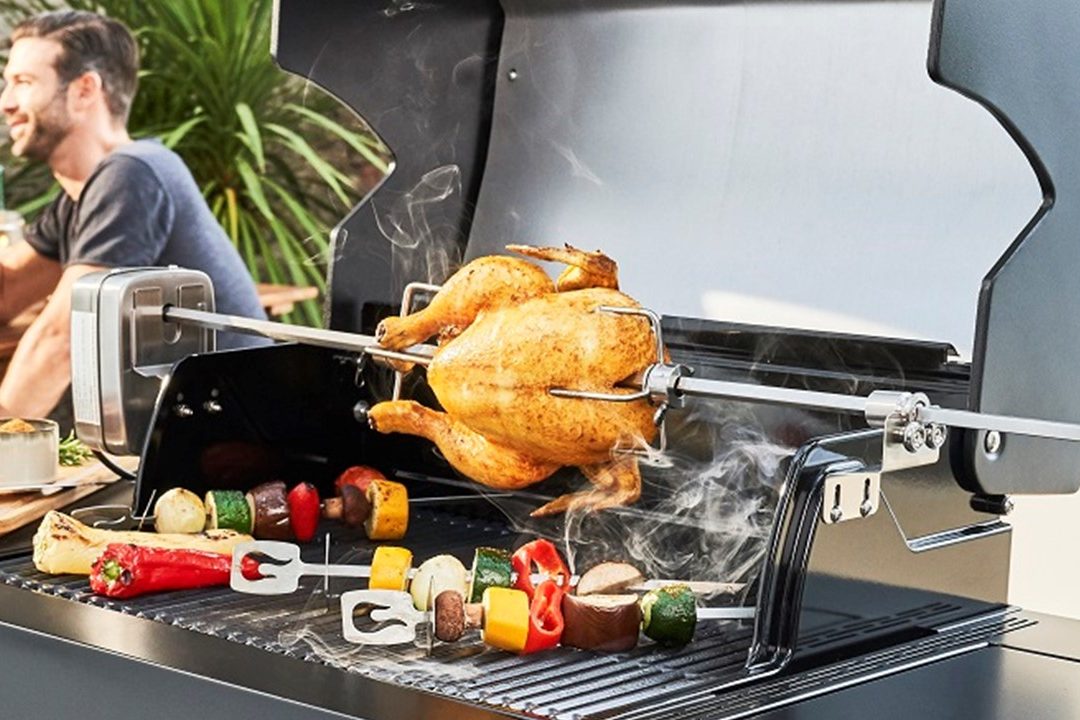
Direct & Indirect Grilling Explained
In tranquil Columbus, Georgia, Char-Broil triggered a genuine revolution in 1948 by building the first cast iron charcoal grill. In the USA, we are therefore one of the oldest and best-known brands in the BBQ sector. We know what really matters when it comes to the BBQ and offer a combination of the best innovation, solid performance and stunning design.

GRILL EXPERTS TALK A LOT ABOUT DIRECT AND INDIRECT HEAT
BUT WHAT DOES THAT ACTUALLY MEAN?
Direct and indirect are two different types of cooking methods: direct heat is very hot and food cooks quickly. On the other hand, grilling with indirect heat can be compared with cooking in an oven. Choosing which heat to use depends, above all, on the mass or the volume of the food. What’s great about grilling is that it’s possible to use both cooking methods. Naturally, this is particularly practical for different foods that have different cooking times. This allows you, for example, to grill steaks at a direct heat and ribs at an indirect heat.

GRILLING USING DIRECT HEAT
You grill the food directly over the flames when cooking using direct heat. Direct heat is particularly suitable for searing food or for food with short cooking times. The food cooks quickly, but also burns quickly. That’s why you need to keep a close watch on the grill. The food lies directly over the burner or the charcoal. Temperatures in this range can reach 250°C and more. Foods suitable for direct grilling Thin foods with low water or sugar content can be prepared well using direct heat, e.g. steaks, fish, vegetables and other sensitive foodstuffs.

INDIRECT GRILLING
Food is cooked on the cooler side of the grill when using indirect heat. The grill works like an oven when the lid is closed. This is ideal for thicker cuts or food with a high sugar content – everything that needs cooking slowly or “barbecue style”. You can also start off with direct heat and then finish off cooking using indirect heat. Temperatures in this range are generally around 100°C. This means it takes longer to cook everything – just like cooking in the oven. Tougher meat and larger roasting cuts, ribs and whole chicken are all excellent when cooked using indirect heat.














